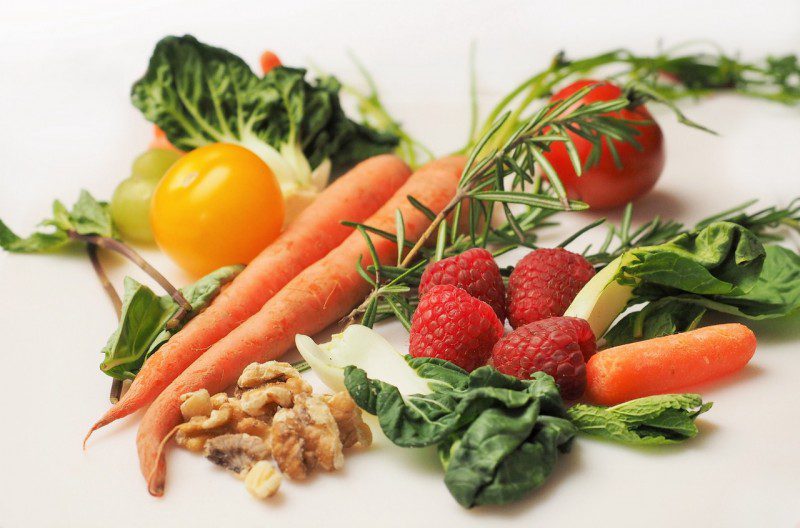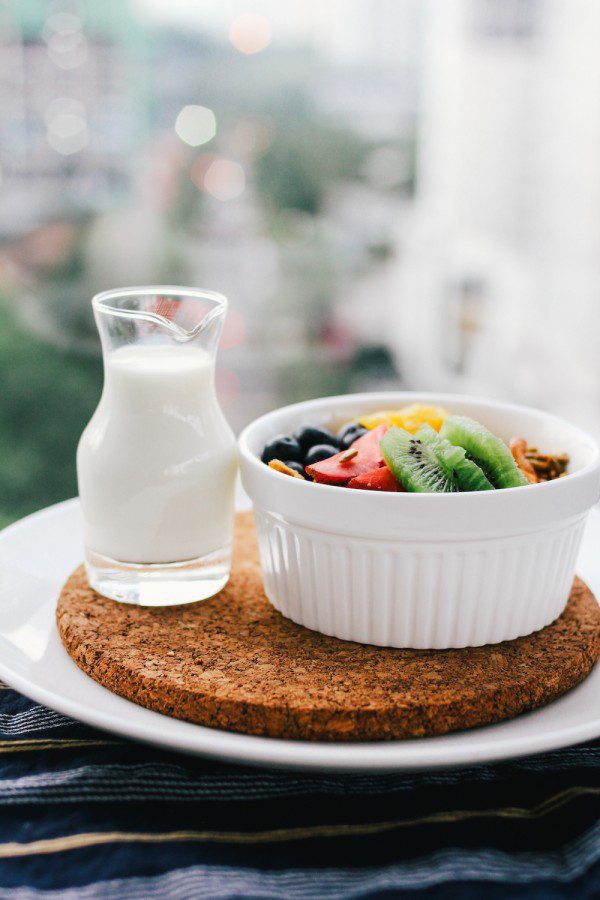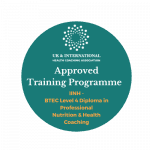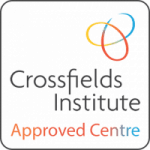Too often we choose convenience over health. Likewise, we frequently put health aside thinking it’s too much work or something to focus on next month. It’s no surprise really given how busy and stressful our lives already are; always on the go with a full list to ‘to-dos’. It never stops and adding more things in, healthy or not, is a nightmare no doubt. But the truth is, it’s easier than you think. There are many ways to start making big changes without changing very much at all! This article is aimed at helping you get to grips with healthy meal preparation.
The approach below champions the positive take of ADDING nutrient boosting habits and practices IN to help crowd the not so great habits OUT. That way, you have the chance to both take it slow and avoid feelings of deprivation and overwhelm. Don’t forget to also check out the basics of a healthy gut which supports this article.
Healthy Meal Preparation: Basics
Before launching into our seven easy ideas, it might be useful to show you how easy it is to put any meal together. Simply follow these foolproof steps:
- Start with protein. Animal sources include things like poultry, meat, fish, cheese and eggs. Plant-based sources of protein feature tofu, tempeh, soy, hemp, beans, chickpeas and legumes.
- Add in the vegetables: Choose 2-3 vegetables to add to your bowl/plate
- Add in some carbs: By this step, your plate should be filling up fast. Fill a remaining quarter with some carbs like quinoa, rice, wholegrain bread or starchy vegetables like potatoes or squash.
- Adding some fat: Add in 1-2 tbsp of healthy fats to round out the meal. This might be the dressing on your salad, a side of avocado or a sprinkle of seeds.
This basic set-up should help guide your dinners and lunches for the week. The idea is to get each of the three macronutrients (protein, carbs and fats) into your main meals for a balanced plate. From there, you can start to add in some nutrient-dense options for the extra boost! Here’s just seven to get you started. Each point covers one thing you can add to your main meals to add more nutrient density. Try one per week and see if it sticks.

Healthy Meal Preparation: 7 simple ways to boost your meals
- Go full fat: Demonised in the 80s thanks to the work of Ancel Keys, we’ve since come to realise that fat ain’t all that bad. We certainly don’t want to avoid it completely. We need fat to help the health of our cells and hormones. Certain vitamins we consume are also fat soluble meaning we need fat to absorb and carry them to their destination. So avoiding fat is not the answer!
- Add Herbs: When it comes to healthy meal preparation, adding herbs is one of the easiest calorie-free ways to add nutrients and also flavour to your meals. Sprinkle fresh coriander, dill, parsley, thyme etc on your dishes for an instant boost!
- Add Spice: Like herbs, spices add both fantastic flavour and micronutrition with minimal effort. In fact, different spices carry incredible benefits. Turmeric, for example, is anti-inflammatory, dried oregano is anti-microbial, ginger too is anti-inflammatory as is cinnamon and so on.
- More Colour: The various colours in fruits and vegetables are representative of the different antioxidants. The more colours you can include, the bigger the variety of nutrients! So just add lots of colour!
- Superfood Powders: While expensive and not totally necessary, some of us are very pressed for time and reliant on the more convenient meal options like smoothies and soups that we can drink on the go. You can buy some great superfood premixed powders in health stores and even conventional supermarkets. Don’t worry about getting too complicated, a simple flax/goji seed combo is a great start! Add a spoon into your soup or smoothie and you’ve just added extra fibre and vitamins to your day!
- Bitters: Digestion initially begins in the mouth, with the chewing action breaking the food into small particles that then travel down to your stomach for their acidic bath. The stomach helps to turn the food you eat into a bolus via the mechanical action of churning. The only macronutrient that is chemically digested is protein. All of these functions require a highly acidic environment. We often compromise this environment by either eating too quickly (and not letting your stomach prepare) or drinking a lot of water with main meals and diluting the acid that is produced. Adding bitter herbs is a fantastic natural way to help your stomach! Try starting your dinner with a small salad of rocket and dandelion leaves with a drizzle of oil or simply add it as a side salad.
- Fermented Foods: Fermented foods provide a rich supply of nutrients, especially beneficial to the microbiome. In fact, the process of fermentation may even mitigate or remove potential irritants in foods like dairy.
And that’s it! These simple steps can greatly improve your weekly diet and get you started with a solid grounding for healthy meal preparation. When it’s easy, it’s also more likely you will actually do it.











